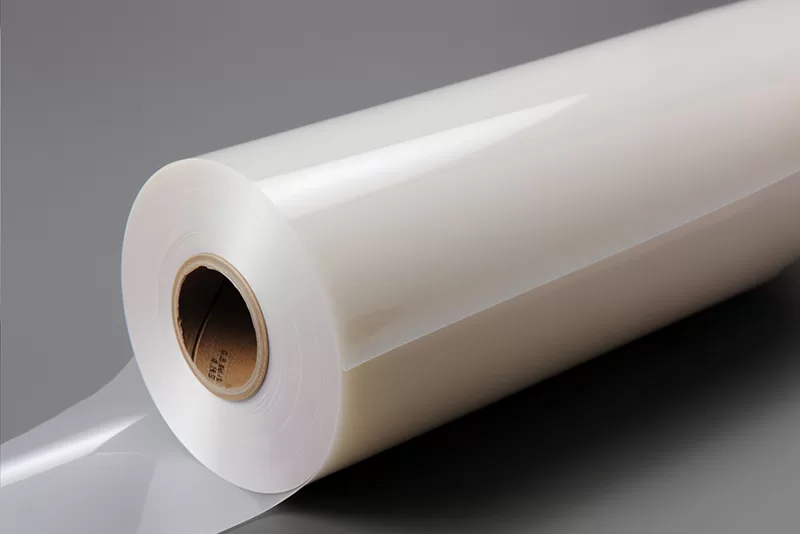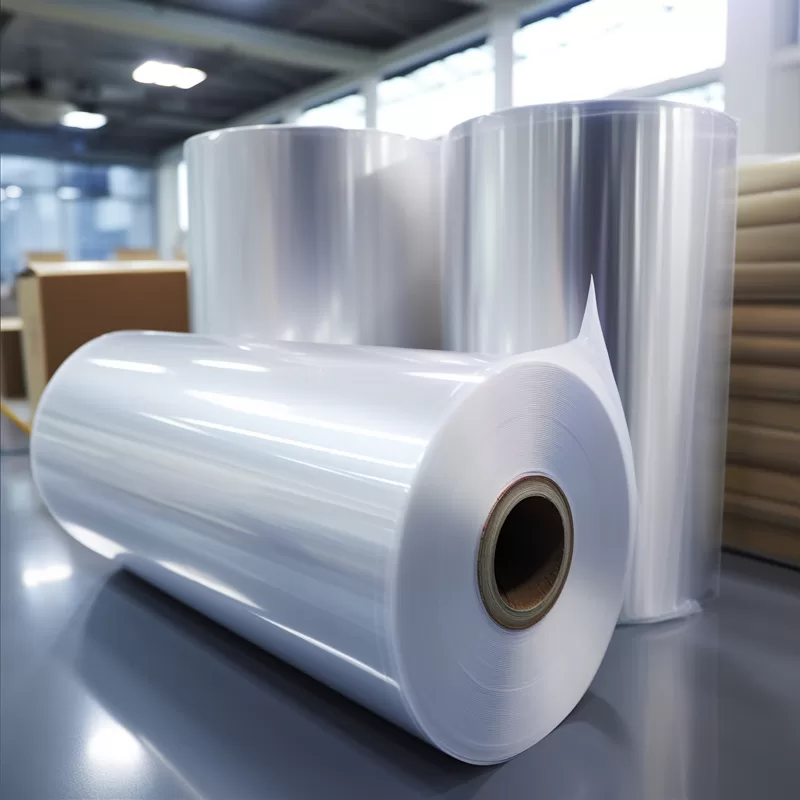Understanding the environmental sustainability of PET film DTF wholesale requires considering various aspects of its production, use, and disposal. Here are some key points to consider:

1. Material: PET (polyethylene terephthalate) is a widely used thermoplastic polymer that is known for its recyclability. PET film DTF is typically made from PET resin, which can be recycled and reused in the manufacturing of new PET products.
2. Recycling: PET film DTF can be recycled through various recycling programs. Recycling PET film helps reduce the demand for virgin materials and minimizes waste going to landfills. It is important to properly separate and dispose of PET film to ensure it reaches recycling facilities.
3. Energy Consumption: The production of PET film DTF requires energy, primarily during the manufacturing process. However, advancements in manufacturing technologies have led to improved energy efficiency, reducing the overall environmental impact.
4. Emissions and Waste: PET film DTF production can result in emissions, including greenhouse gases, during the manufacturing process. Manufacturers often implement measures to minimize emissions and waste, such as optimizing production processes and implementing waste management systems.
5. Environmental Certifications: Some PET film DTF manufacturers may obtain environmental certifications, such as ISO 14001, which demonstrate their commitment to environmentally responsible practices. These certifications indicate that the manufacturer follows specific standards to minimize their environmental impact.
6. Sustainable Practices: Many PET film DTF manufacturers actively work towards implementing sustainable practices throughout their operations. This can include using renewable energy sources, reducing water usage, implementing recycling programs, and minimizing waste generation.
7. End-of-Life Disposal: While PET film DTF is recyclable, it is crucial to ensure proper disposal and recycling. Educating users on the importance of recycling and providing information on local recycling facilities can help ensure the film reaches appropriate recycling channels.
8. Life Cycle Assessment: Conducting a life cycle assessment (LCA) can provide a comprehensive understanding of the environmental impact of PET film DTF. An LCA evaluates the environmental impact at each stage, including raw material extraction, production, use, and end-of-life disposal.
It's important to note that the environmental sustainability of PET film DTF also depends on how it is used by printing businesses. Proper ink management, efficient printing processes, and reducing waste during printing can further enhance the environmental sustainability of the overall DTF printing process.
When considering PET film DTF wholesale, it is beneficial to choose suppliers who prioritize sustainable practices, offer recycling programs, or have environmental certifications. By selecting environmentally responsible suppliers and promoting sustainable use and disposal practices, the impact of PET film DTF on the environment can be reduced.


